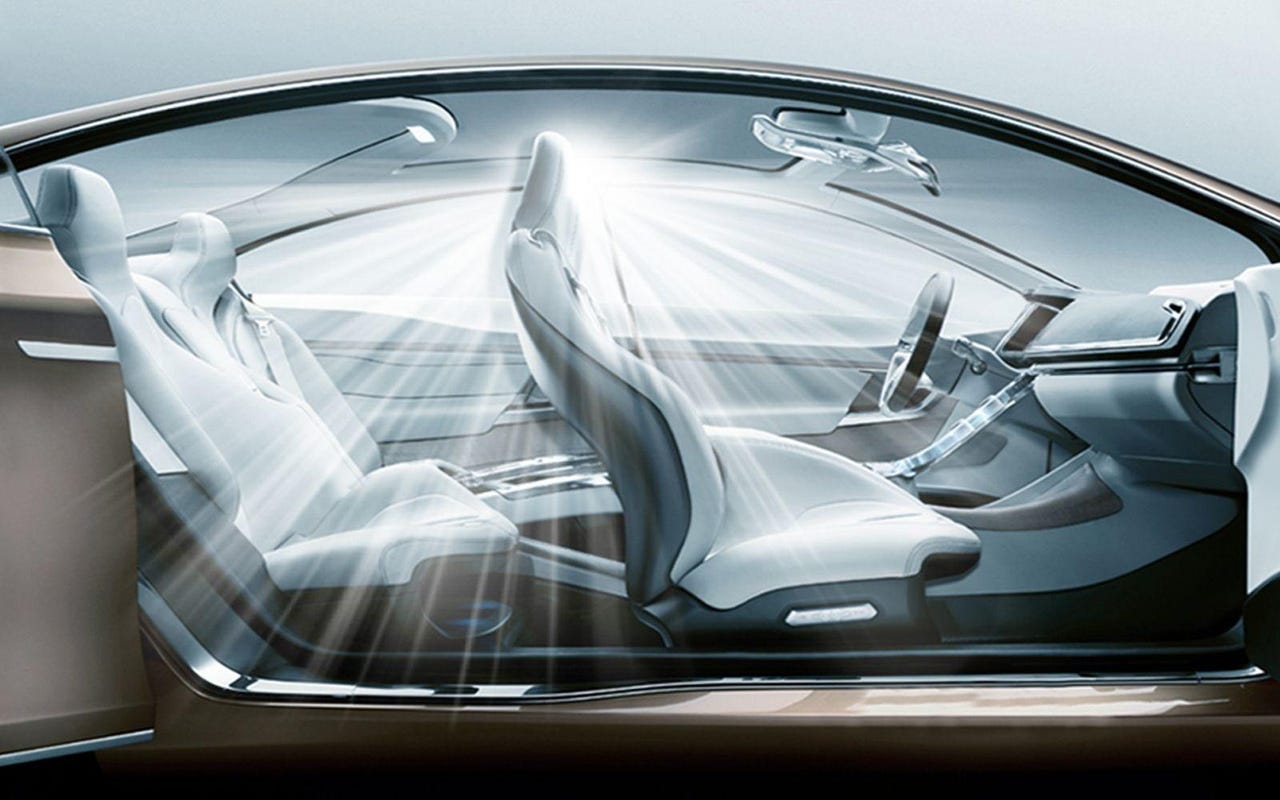Should your car know how much you weigh?


A new rear-facing sensor system for cars can guess the weight of passengers and drivers. Creepy invasion of privacy or crucial missing link in a modern car's safety system?
Here's the deal. Seatbelts and airbags have improved on-road safety by leaps and bounds. But those 20th century technologies have a serious flaw: Because of the economics of buying and selling cars, they're built as one-size-fits-all solutions.
That's problematic. People who physically fall outside the sweet spot of the bell curve can be seriously injured or killed by improperly placed belts or unsuitable airbag deployments. In the real world, even perfectly average people can unknowingly put themselves in danger when not properly oriented within a vehicle -- reaching into the glovebox for a tissue or pulling a leg up on a passenger seat during a long trip, for instance.
Cars that can watch the people in the cabin could help, and the trend has given rise to companies such as Smart Eye Solutions and Guardian Optical Technologies, which make camera-based safety system to monitor passengers and drivers.
Guardian's solution, for example, uses one rear-facing sensor combined with advanced 2D, 3D, and motion analysis to constantly scan and track occupants and objects anywhere in the vehicle. These technologies work with a car's seatbelts and airbags and sound alerts in certain high-risk situations. That one-size-fits-all safety package suddenly becomes more tailor-made.
What is the IoT?
For example, ever let your weary eyes blink closed a bit longer than normal while behind the wheel? Guardian is watching and will sound the alarm to keep you alert. Technology like that has helped long haul trucking, an industry for which weary and distracted driving is a serious occupational and public safety hazard.
The newest version of Guardian's sensor can now determine and classify the weight of the driver and the passenger in the front seats, enabling the vehicle to automatically adjust air bag deployment during a collision. Guardian's system also scans front seat passengers and figures out how far their heads are from the steering wheel or dash. Small fractions of a second can make an enormous difference in how effective an airbag is at preventing serious injury during a collision.
"According to the National Highway Traffic Safety Administration (NHTSA), in order to avoid an air bag related injury, passengers need to be seated properly," explains Gil Dotan, co-founder and CEO of Guardian Optical Technologies. "We know that people don't always sit as far back as suggested and are prone to moving around. i.e: tying a shoelace. Having a sensor constantly keeping track of someone's weight and posture, in addition to the wearing of seat belts, should mitigate injuries that are caused more by airbag deployment than the collision itself."
By detecting micro vibrations, the system can register a passenger's presence even without a direct line of sight.
"Guardian will continue to add sensor capabilities to its product that aim to prevent car accidents and the security of passengers in the vehicle," Dotan says. "We also envision that this feature will provide a healthcare benefit in terms of encouraging weight loss and posture improvement for both passengers and drivers."